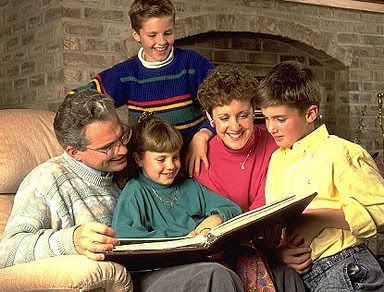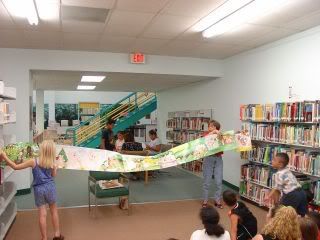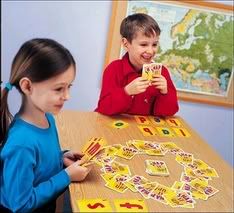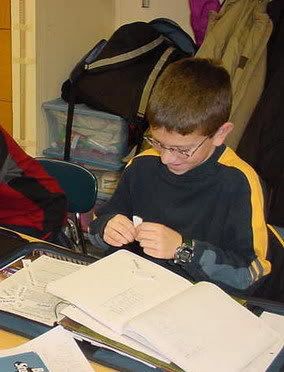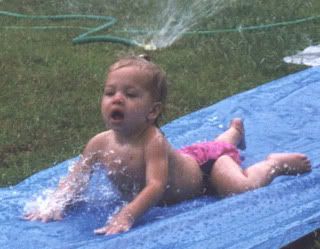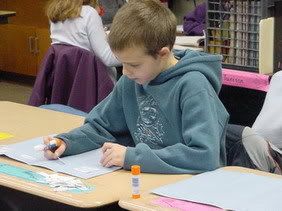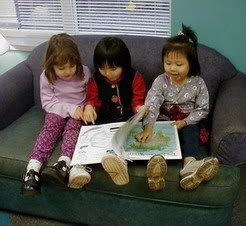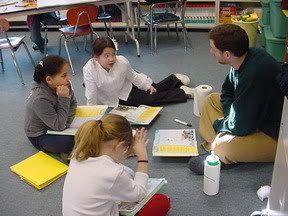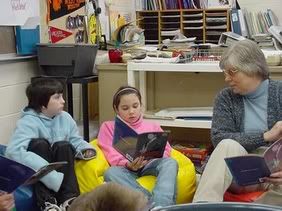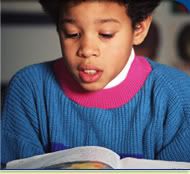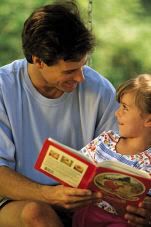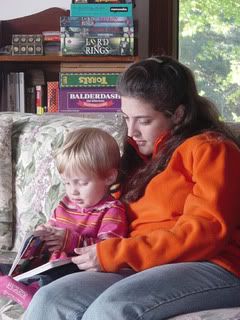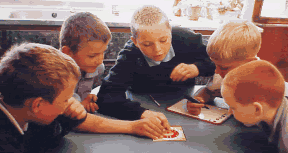The problemIt can be very frustrating to a child to write a beautiful story in his or her composition lesson, and then receive it back with lots of red marks with ‘Sp’. Can we help our children to eradicate this or at least reduce their errors?
How most children usually spell
Most of them use phonics – spelling according to sound. We teach them this method in kindergarten and many of them think that this is the only way to learn spelling. But quite a few problems come up because of this:
- Many English words are not spelt phonically.
- The child learns that certain letters have certain sounds and then is suddenly confused that the same letters have different sounds.
- This discovery leads to the belief that spelling is not logical.
- English is not like Malay, the Romanised form; in Malay all the letters behave themselves. They sound as they are written and always sound the same.

The more serious problem
The more serious problem, however, is not that English words do not always sound the way they are written but that children have different strategies for learning. The phonic method is only helpful for children who are ‘phonic’ or ‘audio’.
At this point, a little background explanation is required.
VAK
All of us communicate with the world with our five senses – sight, hearing, feeling, smell and taste. The world would have been an easier place – albeit a duller one – if all our five senses are equally powerful in all of us. Unfortunately, each of us uses the five senses in different measure. Some of us use ‘visual’ more; other’s use audio’ more; and still others use ‘kinaesthetic’ (feeling) more. For the purpose of this article, we will leave out the senses of smell and taste. This is because these two have little bearing on spelling.
Since we use all three senses unequally to communicate with the world, we fall under one of these six categories:
The senses in front would be strongest sense, and the sense at the end would be our weakest sense. Eg. If I am VAK, I would have ‘visual’ as my most preferred method of communication; ‘audio’ would be my second method and ‘kinaesthetic’ my last or weakest. If people communicated to me in my strongest preference I would understand the message very well; if in my second preference, I would understand fairly well and if in my third preference, I would be rather confused.
Let me illustrate this with an example:
Let us assume that we need to give directions to a friend to come to our home for tea. If the person is more ‘visual’ or ‘V’, we can just draw him a map or tell him our address and he will arrive safely by following the map at the bus-interchange. If the person is more ‘audio’ or ‘A’, he will understand the verbal instructions we give him and arrive safely. If the person is mostly ‘kinaesthetic’ or ‘K’, it would be advisable to fetch him from the bus-stop or perhaps even from the interchange!
Of course this is an over-simplification and there is much more to the concept of ‘VAK’. I would like to recommend anyone interested in wanting to know more to read books on NLP (neuro-linguistic programming). I would particularly recommend ‘Awaken the Giant Within’ by Anthony Robbins or ‘Manifest your Mind, Design your Destiny’ by Adam Khoo and Stuart Tan.
How can we quickly identify if a child is mostly ‘V’ ‘A’ or ‘K’?
We can make a quick survey by observing and listening to the child. If the child cares a lot about looking good, being neat and tidy with a good handwriting, than he is probably a ‘V’. We can confirm this by listening to the words he uses. If he uses words like ‘I see’, ‘let me take a look’ or other words related to ‘seeing’ he is probably a ‘V’. An ‘A’ child can be identified by what he does too. He would talk a lot and be a keen listener. He would appreciate music or want you to tell stories rather than read. You can confirm by listening to the words he uses. An ‘A’ child would use words related to hearing like ‘I hear’ what you mean and may even point to his ears. A ‘K’ child would be one who likes to play with clay, run about a lot, likes to cuddle up to you and is usually very sensitive. The words he uses would be ‘feeling’ words like ‘I catch what you mean’; ‘I have a bad feeling about this’ and so on.
The Phonic (Audio) method
Of the three, our usual method of teaching spelling, the phonic method - where the child breaks the words down into syllables and keeps repeating it – will work very well for the ‘A’ child. All he needs to do is keep saying ‘c-at’ cat, ‘b-at’ bat etc and he will master spelling. If your child is doing very well using this method, he is probably an ‘AVK’ or AKV’. He could also be a ‘VAK’ or KAV” where ‘A’ is his second preferred sense. However, he is unlikely to be a ‘KVA’ or VKA’. A child whose ‘A’ is at the end, is likely to have problems learning spelling in this way. The disadvantage of this method is that children will still make mistakes in spelling; this is because there are just so many English words which are not phonic. An ‘A’ child who is a poor speller is probably following the sound and spelling ‘knife’ as ‘naif’.
The Visualisation (Visual) Method
A child whose main sense is ‘V’, ie ‘VAK’ or ‘VKA’ will need to use this method to master spelling. A child who is ‘KVA’ or ‘AVK’ will also benefit. The visualisation method is basically where the child looks at the picture of the word in his mind and reads out what he sees. Eg when spelling ‘mother’ the child will look up and a little to the left and ‘see’ the word ‘m-o-t-h-e-r’ and read out what he sees. In fact if a child is able to make a good picture of the word, he will actually be able to spell the words backwards!
The visualisation method is the best method and we should teach it to all our children – even to those who are good phonic spellers. This is because it even works for spelling words which are spelled the way they sound. A child who uses the visualisation method will spell ‘knife’ correctly and not ‘naif’. This is because he ‘sees’ the word and does not depend on the sound of the letters.
How to teach the visualisation method
We should begin with helping the child to develop his visualisation skills. Incidentally, all children are at visualisation so we do not have to try very hard. Play a game with a child. Let him look intently at a picture and then ask him to describe it by ‘looking’ at it in his mind. Some children may want to keep their eyes closed; this is acceptable of course. From the pictures, we could change to words – at first simple familiar words and then to more complicated words. To test whether the child is picturing the words correctly, have him look at his mind picture and read out the spelling of the words backwards. If he can do this he is visualising correctly; if not he is conning you – he is memorising and pretending to visualise!
Steps to visualisation
Guide your child to:
- Get a clear internal image of the word broken into syllables. Eg. Dic-tion-a-ry
- Look at the internal message and spell backwards. This is to test if the image is accurate.
- Pronounce it syllable by syllable – by ‘looking’ at the image of the word in his mind.
- Now spell the word backwards from the image ie. from right to left.
- If they can see the image they should be able to spell backwards.
- If they cannot spell backwards, it means they have not got the strategy yet. They cannot really see the words.
- Keep practising until they can.
- Make it full of fun and laughter.
The Kinaesthetic Method
If neither of the above methods works on your child, then he must be strongly kinaesthetic. (There is absolutely nothing wrong with a ‘K’ child; in fact, a lot of the world’s geniuses come from this group.)For a strongly ‘K’ child, it is good to let him write out the words as he learns them. He may use his finger to write on the table or even ‘skywrite’ and say out the letters.
Usually the visual method works for most children but there are exceptions. If it does not, try the other strategies. Use all three strategies. Find out which works best for your child.
Use Rewards Only to Motivate a Child
- Simple rewards for success
– A hug
– A ‘high five’
– A biscuit
– Collect tokens to exchange for bigger rewards.
No punishment please!
- A child punished for spelling will learn to hate spelling or become afraid of it.
- If that happens, we really have a problem!
- Positive motivation always!
A parting word about the ‘K’ child
The strongly ‘K’ child may have to struggle through school. This is mainly because the school system uses ‘V’ and ‘A’ which favour the other two groups rather than the ‘K’ group which are a minority. Actually this is no big problem. Most children adjust themselves in using the senses they are not strong in rather well. After all, millions of left-handed people seem to thrive in a right-handed world. We can help by helping the ‘K’s to adjust. The ‘visualisation with pictures’ games would be helpful. Another way is to let them watch movies or read books and then tell the stories. Rewards will encourage them to go a long way. We would do well to remember that many of the geniuses of the world – like Thomas Edison, Henry Ford, Honda and Bill Gates – are probably ‘K’ people as are top sportsmen.
By
Rajamanikam K


